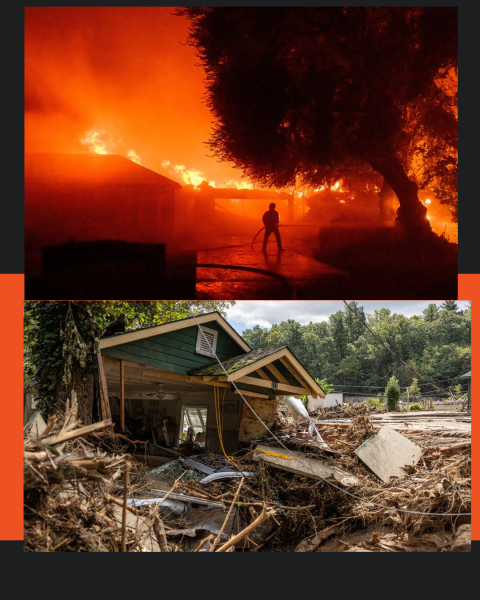Alarming Ebola outbreak puts entire world on notice
As thousands of people around the world lay dying in their beds with symptoms ranging from hemorrhagic fever to bleeding orifices, many have begun to truly wonder what the cause of this new, sudden wave of disease ridden death that is creeping and sweeping its way around the globe at astronomical rates. The vector responsible for these horrific cases of utter unannounced death and despair is the Ebola virus. Being tossed around news outlets and government documents like a rag doll, Ebola has been sticking fear into the hearts of millions as it slowly becomes the next H1N1. But what exactly is Ebola? Where did it come from? Why is it such a threat?
The Ebola virus, also known as Ebola Virus Disease (EVD) is a serious illness which is often fatal if untreated. Ebola virus disease (EVD) first appeared in 1976 in 2 simultaneous outbreaks, one in Nzara, Sudan, and the other in Yambuku, Democratic Republic of Congo. The latter occurred in a village near the Ebola River, from which the disease takes its name. The virus is transmitted from wild animals and rapidly spreads in human populations through human-to-human contact. It is believed by many individuals that fruit bats are natural Ebola virus hosts. Ebola is introduced into human populations through close contact with the blood, secretions, organs or other bodily fluids of infected animals such as chimpanzees, gorillas, fruit bats, monkeys, forest antelope and porcupines found ill or dead or in the rainforest.
Ebola spreads through humans via direct contact (through broken skin or mucous membranes) with the blood, secretions, organs or other bodily fluids of people infected with the virus, and with surfaces and materials (e.g. bedding, clothing) contaminated with these fluids from past Ebola hosts. Numerous health-care workers have frequently been infected while treating patients with suspected or confirmed EVD. This has occurred through close contact with patients when infection control precautions are not strictly practiced. The incubation period for the Ebola virus is approximately 21 days, during which time a suspected host is forced into quarantine in order to prevent the spread of the virus to others.
The symptoms of Ebola are undoubtedly the scariest part of this dreadful disease. Typical symptoms of Ebola don’t begin to show until after 21 days which is when the person infected is now able to spread the virus. Symptoms can range from fever, fatigue, muscle pain, headache and sore throat which are then followed by vomiting, diarrhea, rash, symptoms of impaired kidney and liver function, and in some cases, both internal and external bleeding (e.g. oozing from the gums, blood in the stools). As the symptoms worsen, the internal organs of the infected begin to literally melt thus causing the infected a painful and unforgiving death. Since there is no cure for this disease, the only possible way to prevent transmission to others is by quarantining the infected and treating them with powerful antibiotics.
Since the 2014 outbreak of Ebola, over 13,000 people around the world have been infected with around 4,800 of those people dying because of the virus. Most of the cases have been clustered in West Africa but dozens of people have already been infected within the United States due to consistent travel to and from Ebola stricken countries. Will Ebola become the next Black Death or Influenza? With the number of cases exponentially increasing every day, only time will tell if this outbreak will either dissipate or evolve into the next natural serial killer.








